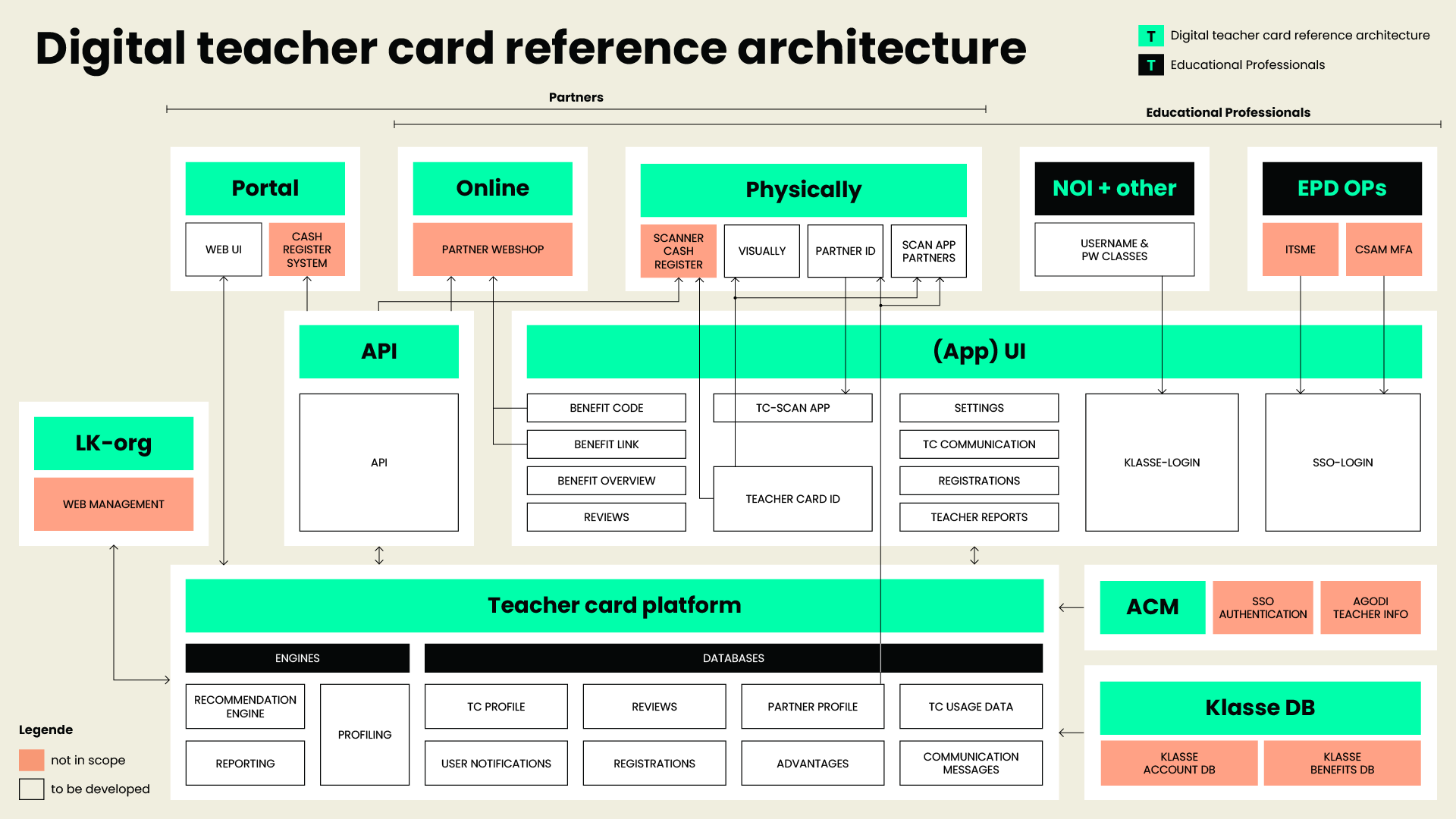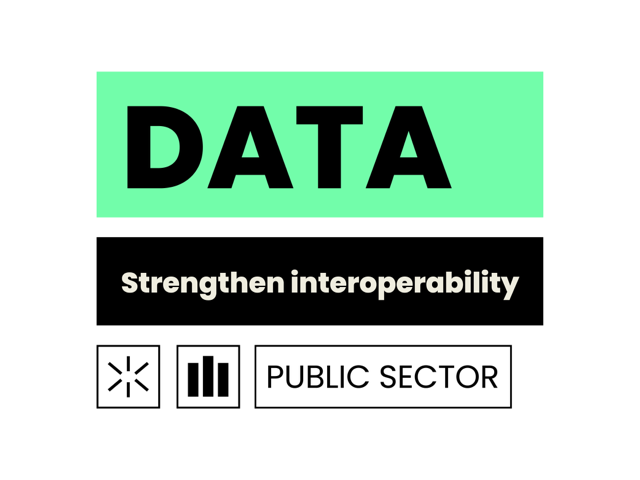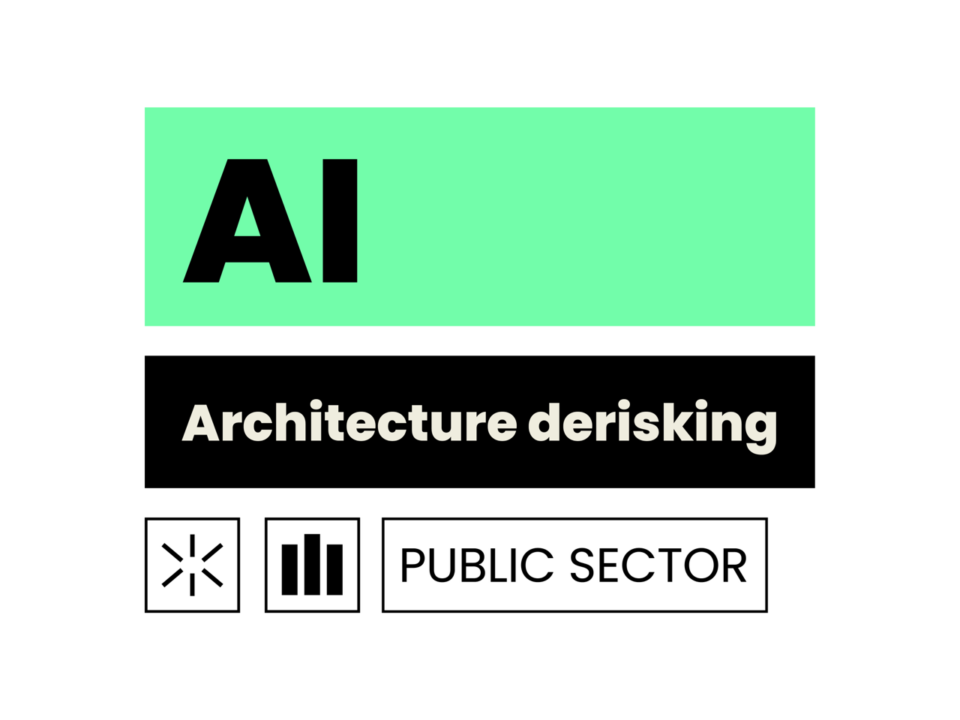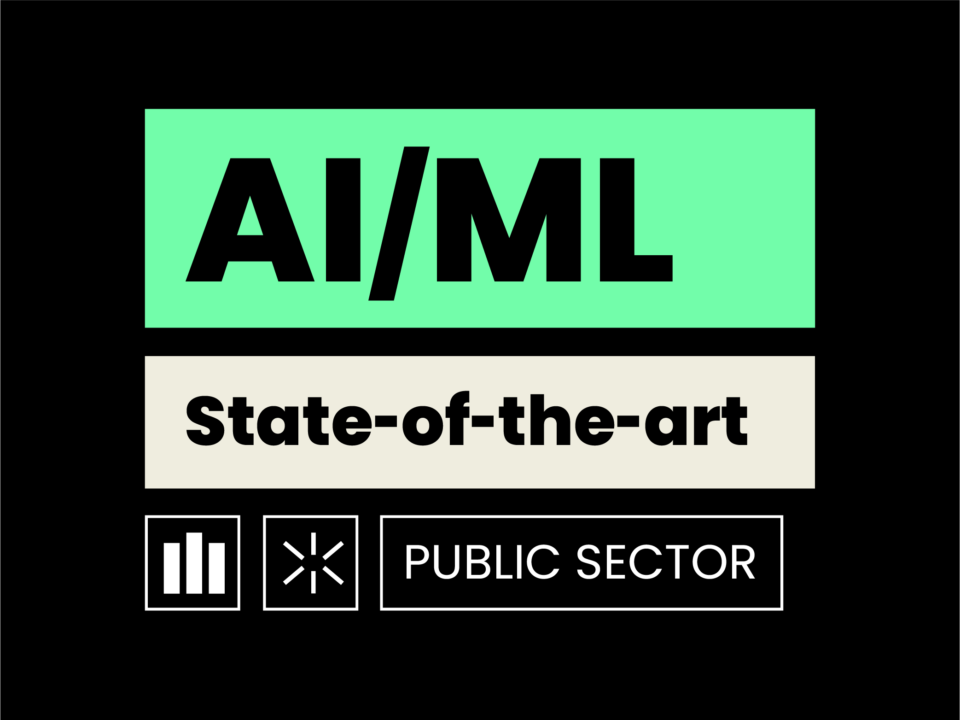Helping public sector innovation
Guiding public institutions through their tender processes
01. Question
Digital innovation permeates every industry and organisation, and the same is true for the public sector in Flanders. Whether in public view or behind the scenes, city councils, municipalities and other public institutions are actively engaged in various digitalisation and innovation initiatives. These projects cover a wide spectrum, from digitalising existing paper-based procedures to implementing practical sustainability improvements in government buildings.
In a push to foster innovation, the Flemish government supports these projects with additional resources. The government’s Programme for Innovation Procurement (PIO) – itself a part of Flanders Innovation & Entrepreneurship (VLAIO), responsible for financing strategic and industrial research – provides both financial support and decision-making assistance for approved projects.
To qualify for this support, applicant institutions must submit a project dossier to PIO for evaluation. Writing out future-proof technical requirements and establishing the right criteria for the purchase of truly innovative solutions can be challenging. To streamline this process, PIO organises a preliminary discovery stage that helps to establish a cost-efficient and sustainable long-term project vision for the subsequent drafting of a tender. At Addestino, we’re one of the selected consulting partner organisations that help them with this task.
02. Process
Using our Addestino methodology and frameworks, we improve the decision-making of applicants during the tender preparation stage. This consists of the following four key steps:
- Scope and user needs definition.
- Market analysis.
- Open market consultation.
- Tender advice and (both internal and public) report.
For each project, we customise these steps by incorporating relevant core Addestino methodologies specific to the case in question. This approach helps us to identify and mitigate risks and opportunities early in the process. This tailor-made approach allows us to move faster than using standard templates or generic problem-solving methods. A few examples of our trademark methodologies include:
- Map of the world to chart the as-is situation.
- Use cases to efficiently address what and why questions.
- Set-based design thinking to simultaneously explore multiple solutions.
- Planning poker to assess innovation potential and risks with (competing) market players.
- Value-risk matrix to evaluate innovation approaches.
Throughout the entire process, our consultants also make sure to stay in close sync between the public institutions’ teams and PIO. This coordination ensures full alignment on both content and practical matters (such as workshops), while making sure we follow the guidelines and official framework of innovative public tenders.

03. Insights
Using our methodologies, consultation rounds and in-depth analysis, we convert needs into a use-case format that technology providers can readily respond to with a comprehensive proposal during open market consultations. As lead times for these tender-based projects can sometimes extend to well over a year, the requested technology for these innovation projects sometimes makes significant progress in this time span. Leveraging our expertise at Addestino, we assist the public sector in effectively handling this risk. Our approach not only mitigates potential issues with technological evolution, but also helps to establish a clear and future-proof vision for tenders.

04. Results
The final reports that we provide for the public sector organisations we work with not only contain an overview of requirements and results of market analysis and consultation rounds, but they also assess the associated risks, benefits and technical feasibility of the proposed solutions. This report is then made publicly accessible. Our team provides further tender recommendations and a realistic roadmap and timeline, and also a high-level cost estimate. Our technology expertise allows us to make these assessments swiftly and accurately. This way, we can safeguard feasibility, protect the project scope and deliver actionable recommendations.
Want to know more about this case?



